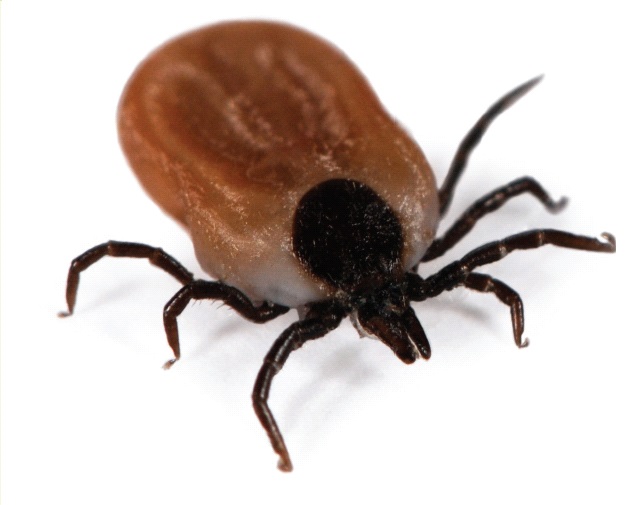How to minimise the chances of letting one of the blighters latch on to you and ultimately reduce the risk of contracting Lyme disease
- The best way to avoid tick bites is to cover your skin. Wear gaiters or tuck your trousers into your socks. Light-coloured clothes make it easier to spot ticks – thenymphs look like poppy seeds and the older adults look like small spiders with large bodies. As they take on blood, they swell up.
- Wear insect repellent with active ingredients DEET or Picaridin. If you know you’re going to be in a tick-prone area, you may want to consider wearing clothing with built-in repellent such as Craghoppers’ Nosilife range.
- Be particularly careful when walking through bracken or heather. If possible, stick to paths and avoid deep undergrowth.
- Check yourself regularly for ticks. The longer a tick is attached to your body, the higher the risk of infection from Lyme disease or other infections.
- If you find a tick, it’s important to remove it quickly. You can use a specialist removal tool, such as the O’Tom Twick Twister or the Trix Tick Lasso, or fine-tipped tweezers.
- Make sure to take out the whole tick, and that you don’t leave the head buried while removing the body. With tweezers, you’re looking to grip as close to the skin as possible and then lift steadily out.
- Disinfect the bite and your hands afterwards.
- If you have somewhere you can store it, keep the tick in case you need to show it to a medical professional.
- Watch out for potential signs of Lyme disease and other infections in the weeks afterwards – particularly a ring-shaped rash on the site of the bite and fl u-like symptoms including fever, fatigue and muscle pain.







